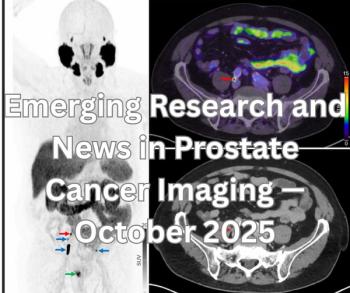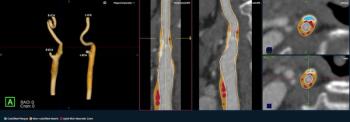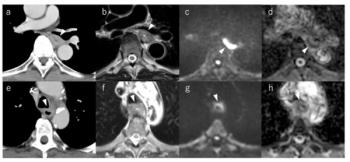While the recently updated United States Preventive Services Task Force (USPSTF) breast cancer screening recommendations advised that women with average breast cancer risk begin mammography screening at the age of 40, a new survey found that over a third of women in their 40s prefer to delay screening mammography.
For the survey, researchers polled 495 women who did not have breast care history and had no known BRCA1 or BRCA2 gene mutation. Ranging between 39 and 49 years of age, the women were polled before and after receiving a breast cancer screening decision aid, according to a study of the survey results recently published in the Annals of Internal Medicine.
The study authors noted that the decision aid included information on screening benefits, false positives, overdiagnosis as well as screening recommendations from the USPSTF (prior to the USPSTF’s updated breast cancer screening recommendations in 2024) and the American Cancer Society.
After receiving the decision aid, 57.2 percent of survey respondents preferred to have screening mammography at their current age. However, the researchers also noted that 20.5 percent wanted to delay mammography but have the exam prior to the age of 50 and 18 percent preferred to wait until the age of 50 before beginning mammography screening.
The decision aid material appeared to have an impact on the perceptions of screening mammography among the survey respondents. Researchers noted over a 10 percent reduction in women who wanted to have mammography at their current age from 67.6 percent prior to the decision aid to 57.2 percent after review of the decision aid. The study authors also pointed out a 9.5 percent increase in women who wanted to delay screening mammography until the age of 50 (from 8.5 percent pre-decision aid to 18 percent post-decision aid).
“ … A substantial proportion of participants found the information in the (decision aid) to be surprising and different from past screening messages. The information about screening benefits may have been surprising because the chance of benefit was less than expected,” wrote lead study author Laura D. Scherer, Ph.D., an associate professor affiliated with the Adult and Child Center for Outcomes Research and Delivery Science at the University of Colorado, and colleagues.
While lack of family history of breast cancer and low cancer risk were commonly cited by those opting to delay mammography screening, the study authors noted that 37.4 percent of respondents were “surprised” by the decision aid’s information on overdiagnosis, and 33 percent said it conflicted with what they had heard previously about the risk of overdiagnosis.
Similarly, the researchers said 27.2 percent of survey respondents expressed surprise about false-positive results associated with screening mammography and 18.2 percent indicated the decision aid’s information on false positives differed from what they had been told by their doctor.
Three Key Takeaways
1. Screening preferences among women in their 40s. While the majority of survey respondents indicated a preference to have mammography screening at their current age, over one-third of women aged 39-49 without a history of breast cancer or BRCA mutations preferred to delay mammography screening despite USPSTF recommendations to start at age 40.
2. Impact of decision aid. A decision aid providing information on screening benefits, false positives, and overdiagnosis led to a decrease in women preferring mammography at their current ages (from 67.6 percent to 57.2 percent) and an increase in those opting to wait until age 50 (from 8.5 percent to 18 percent).
3. Surprise and differing information. Many participants found the decision aid's information on overdiagnosis and false positives surprising and inconsistent with previous messages from health-care providers, indicating a potential gap in routine information about the harms of screening.
“The information about overdiagnosis was rated as most surprising and different from past screening messages, indicating that some people may not be routinely informed about the harms of screening, particularly overdiagnosis, which is consistent with (past research),” suggested Scherer and colleagues.
However, the study authors said the majority of survey respondents, prior to and after reviewing the decision aid material, preferred to have screening mammography exams at their current age with many of these women noting pertinent risk factors for breast cancer.
“ … Those preferring to be screened at their current age often prioritized early detection, were following a preexisting plan, or wanted information about their health. Many mentioned a family history of cancer as well as having dense breasts,” maintained Scherer and colleagues. “These data suggest that many of these women were similarly considering the evidence and deciding that, for them, the benefits of screening outweighed the harms.”
(Editor’s note: For related content, see “New Research Shows Consequences of Delayed Diagnosis in Mammography Screening,” “Can AI Facilitate Effective Triage for Supplemental Breast MRI After Negative Mammography Screening?” and “Study of Mammography AI Software Notes 50 Percent Higher Likelihood of False-Positive Results for Black Women.”)
In regard to study limitations, the authors noted the decision aid did not address screening frequency or screening outcomes such as interval cancers and lower treatment-associated morbidity. As noted above, the USPSTF breast cancer screening recommendations included in the decision aid predated the recently updated USPSTF recommendations from 2024, according to the researchers.

































